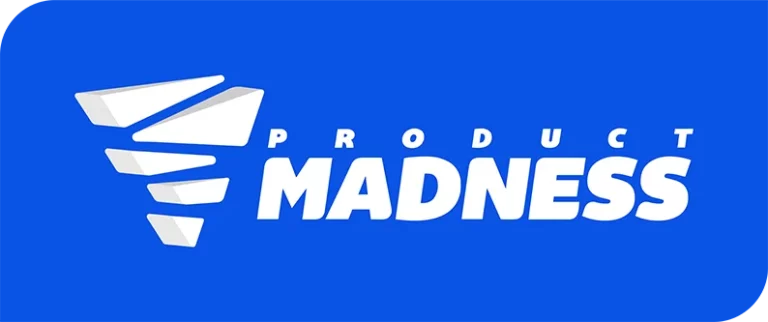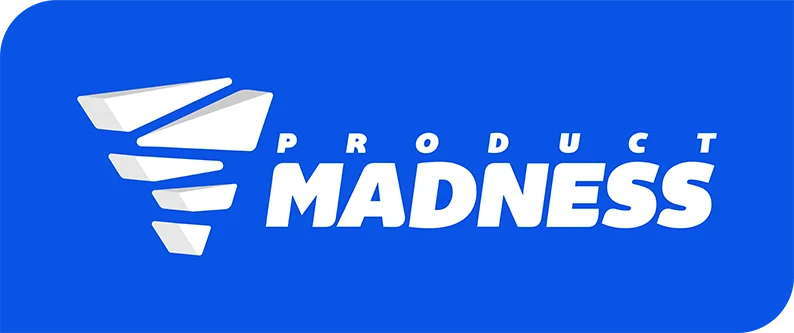


Ayse Betul Ozdemir
Growth Manager, Product Madness


Experienced Growth Manager at Product Madness. Main focus is managing programmatic user acquisition channels.
I’ve been in the gaming industry for around eight years now, and for the last three, I’ve been working at Product Madness as a Growth Manager. My main focus is managing programmatic user acquisition channels.
Product Madness really stands out because of how much it invests in innovation and data-driven decision-making. Everything we do is grounded in delivering a great player experience, and there’s a strong focus on continuous improvement and creativity.

The culture here is very balanced—we’re encouraged to be creative, but also to back up our ideas with data. There’s a lot of room for ownership and collaboration across teams, which makes it a really engaging and empowering place to work.
What drew me in is how mobile gaming brings together creativity, tech, and data. It’s a fast-moving industry where user behavior is always changing, which makes it super exciting. I love seeing how the right data-driven strategies can directly drive growth and engagement.
One of the biggest challenges recently has been the shift in privacy regulations—especially with things like SKAN 4.0. Losing some visibility into user behavior has forced us to get creative, test more incrementality strategies, and find new ways to target the right users efficiently.
A lot has changed! We’ve shifted more towards contextual targeting and predictive modeling since we have less user-level data to work with. We’re also using AI to help personalize creatives more effectively based on early performance signals.
AI-driven creative optimization is a game-changer. It’s helping us test and iterate on creatives much faster than before, and we can now tailor ads more precisely to different segments. It’s made our campaigns a lot more efficient.
A big one is that UA is just about spending more money. In reality, it’s all about spending smart—focusing on long-term value, understanding intent, and constantly testing and optimizing to get the most out of every dollar.

We take a very iterative approach—constantly testing and learning from data. Formats like playables, interactive end cards, and high-impact videos tend to perform really well because they engage users early and set the right expectations.
We rely on incrementality testing and holdout groups to isolate creative performance. We also pay close attention to early engagement signals like CTR and IPM, and run A/B tests across different segments to see what’s really driving results.
Yes, we’re actively using AI to generate and test creative variations, automate A/B testing, and personalize experiences. The biggest benefit so far is speed—it really accelerates how quickly we can get insights and optimize.
Playables give users a chance to experience the game before installing, which is super valuable in such a competitive space. They attract high-intent users and often lead to better retention. Plus, ad tech is improving, so playables are more interactive and fun than ever.
I’d go all in on hyper-personalized creatives using AI—really dynamic ads that adjust in real-time to each user’s behavior. I’d also explore emerging formats like AR playables and ads in non-traditional gaming spaces to reach new audiences.
I think AI-powered automation will have the biggest impact—especially in UA and creative. It’ll help with smarter bidding, better user segmentation, and real-time personalization. Plus, new privacy-safe measurement tools will change how we track and optimize performance post-IDFA.
Definitely Diablo 2! I started playing it when I was eight, and even now I go back to it every once in a while. There’s something about the atmosphere and gameplay that never gets old for me.
I’d love to master advanced data science and predictive modeling. With the industry becoming more and more data-driven, having that level of expertise would be a huge advantage for optimizing strategies.
Chess! It’s great for building strategic thinking, which is a big part of what I do. Anticipating moves, recognizing patterns, and adapting quickly—it all applies to UA and growth marketing.
I’d love to add a hidden mini-game—something nostalgic that references a classic title. It’d be a fun surprise for users and a great way to drive deeper engagement.